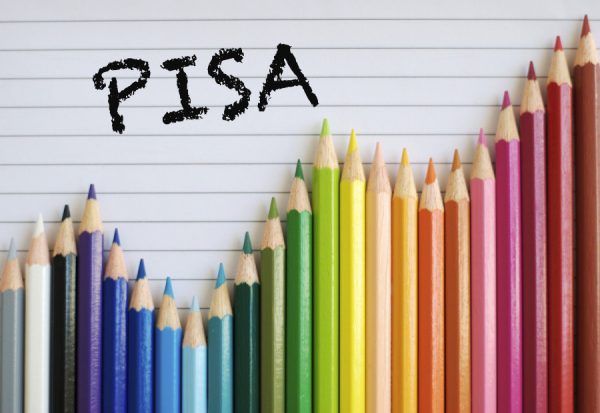PISA (the Program for International Student Assessment) is an international study conducted by the OECD (Organization for Economic Cooperation & Development) in member and non member countries, to assess and compare the scholastic performance of pupils in science, reading and mathematics.
The tests are administered in three-year cycles to allow for changes in the education system, and changes in student achievements. Three main domains are analyzed during every cycle, however, the major domain will change with each cycle.
For example, literacy was the major domain in PISA 2000, math in PISA 2003, science in PISA 2006, reverting back to reading in PISA 2009, with math being the major domain in PISA 2012 for the second time.
Why are PISA tests conducted?
PISA is one of the largest educational assessments in the world and provides the K-12 education system with information that allows comparisons between students from several different nations. The tests comprise the following information:
– An evaluation of the real-life skills and knowledge of students and how prepared they are for adult participation in society in the future.
– An examination of the relationship between factors such as student and school characteristics, and student achievements.
– A measurement of student achievements that are internationally comparable.
– An examination of changes in achievements over time as well as other factors.
– Aids to focus education policy.
Who is PISA administered to?
PISA is used to assess students that are 15 years old in most OECD countries where students are nearing the end of their compulsory schooling at this age.
– The first step is to select a representative sample of schools, reflecting a mix of schools by location, type, size and gender composition.
– After this, 15-year-old students from participating schools with more than 35 pupils are sampled at random. All 15-year-old students from schools with less than 35 students are selected.
– Students are chosen according to age and not grade level and therefore participating students will be representative of a wide range of grades. In some countries, like Ireland for example, in PISA 2006, most students selected were 3rd Year students, however, there were also some 2nd Year students, some 5th Year and some Transition Year students in the mix.
How is PISA conducted for use in the K-12 Education System?
– During the three year PISA cycle, the first year is taken up with tests, and questionnaire items are developed for testing. Test runs, or field trials, are administered by participating countries to ensure the smooth running of the main assessment.
– During the second year the main assessment is conducted and the national data resulting from the tests are collected, checked and combined with the data collected from all other participating countries, and an international data set is yielded.
– During the third PISA cycle, the data gathered is analyzed and the results are used to produce and publish national and international reports.
PISA was commenced in the year 2000 and is run through the OECD by member governments on the basis of shared and policy driven interests. Up to and including 2012 it was managed by a consortium of institutions led by ACER (the Australian Council for Educational Research).
Currently PISA is run in the U.S. under the direction of ETS (Educational Testing Services). The PISA 2012 results were published in December, 2013, with additional reporting published in 2014. For PISA 2015, the assessment materials and survey design were developed in 2013 for a test run in 2014, prior to conducting the next main PISA study in 2015.

